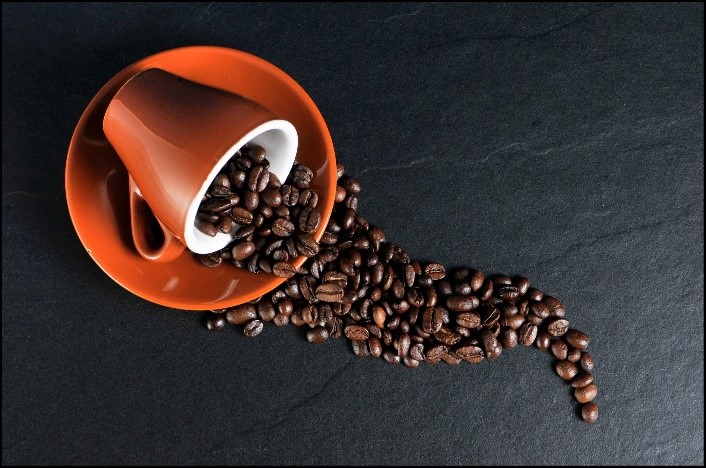
Has Caffeine Become a Bad Habit?
I t seems that most Americans start their mornings off with a mug of hot coffee, iced coffee, or any number of fancy variations. For many, it’s the key to starting your day off right. Ever notice what happens when you don’t get your coffee in the morning? Let’s just say, it can be enough to change your mood for the worse. So, what is it about coffee that is so appealing to people worldwide? You guessed it… caffeine.
t seems that most Americans start their mornings off with a mug of hot coffee, iced coffee, or any number of fancy variations. For many, it’s the key to starting your day off right. Ever notice what happens when you don’t get your coffee in the morning? Let’s just say, it can be enough to change your mood for the worse. So, what is it about coffee that is so appealing to people worldwide? You guessed it… caffeine.
Caffeine acts in the body as a short-acting stimulant and is found naturally in certain plants, seeds, and the fruits of more than 60 plants such as tea, coffee, cocoa beans, and kola nuts. Caffeine also is widely added to a growing number and variety of beverages, edibles, and medications.
There have been numerous studies on caffeine and how it affects the body – some good, some bad, and some inconclusive. The National Institutes of Health (NIH) states that for most people, the amount of caffeine in two to four cups of coffee a day is not harmful. Some people may be more sensitive to the effects of caffeine and may even experience harmful effects (including pregnant and nursing women, children and teenagers) and should limit or avoid its use.
It is generally recognized that up to 400 mg of caffeine per day is considered safe for healthy adults; however, too much caffeine (500-600 mg/day) can cause problems such as:
- Make you jittery, shaky, nervous, restless, and irritable
- Make it hard to fall asleep or stay asleep
- Headaches or dizziness
- Make your heart beat faster or cause abnormal heart rhythms
- Dehydration
- Upset stomach
- Make you dependent on it so you need to take more of it. If you stop using caffeine, you could get withdrawal symptoms.
- Interfere with the metabolism of certain medications.
How much caffeine is in your favorite coffee, tea, soft drink, snack food, chocolate, or medication? A regular home-brewed cup of coffee (8 oz.) typically has about 100mg of caffeine. But, different brands and products contain widely varying amounts. For instance, a grande cup of Starbucks coffee has 330 mg compared to McDonald’s brewed coffee with only 133 mg of caffeine, for approximately the same size.
Want a real “eye-opener”? Check out this extensive list of the Caffeine Content of Food & Drugs by the Center for Science in the Public Interest.
The bottom line is that it’s okay to drink your cup of Joe in the morning and/or afternoon, but just remember moderation is the key!
References:
https://www.nlm.nih.gov/medlineplus/
